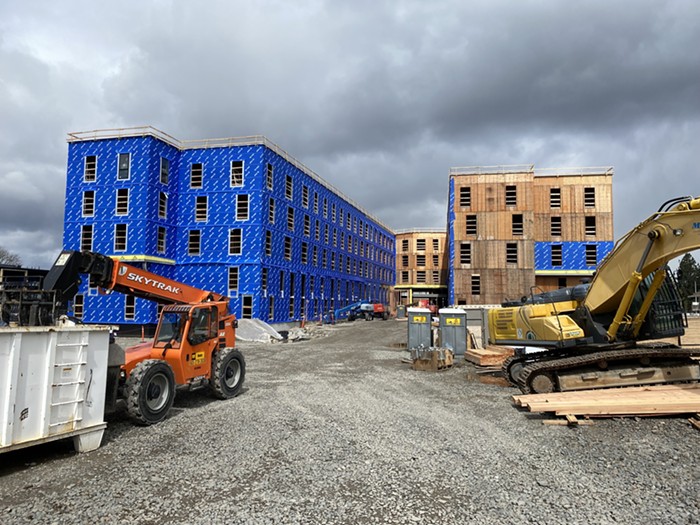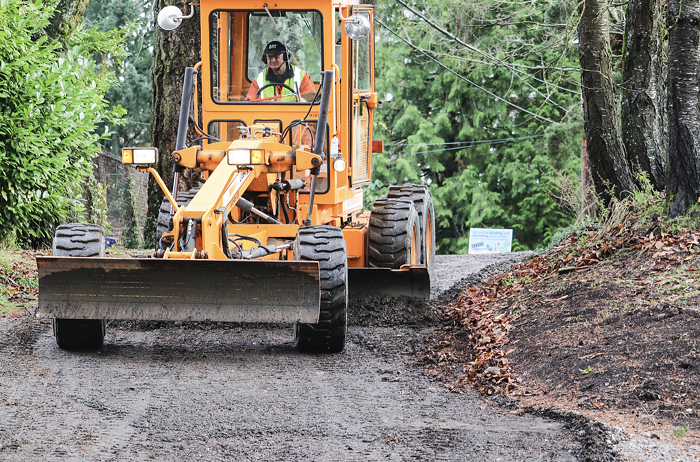Oregon is doing something very smart: Tackling the issue of our growing prison population before it eats up more of the state budget.
As reported earlier in December, Governor John Kitzhaber has promised to build no more new prisons and flatline the state's inmate population, using the saved cash long term to fund things like education.
Now, a special commission has come out with a report for the governor on exactly how to keep the prison population flat.
Here are the details: Since 2000, Oregon’s prison population has grown by nearly 50 percent, from 9,500 inmates to more than 14,200 inmates. This means our prison population is growing at three times the national average!

There are two things that drive up prison populations: The number of people sent to prison, and the length of time they stay there. Both of these figures have increased in Oregon since 2000.
Keeping more people in prison longer is expensive. Each inmate costs about $85 a day. So as Oregon’s prison population has grown, the state’s corrections budget has grown with it, ballooning by nearly 40 percent. If we do nothing over the next 10 years, Oregon’s prison population will likely grow by 2,300 inmates (nearly half of that growth is thanks for the mandatory minimums imposed by Measure 57). That pencils out to another $600 million in public money we'll have to spend on prison construction and operations.
It would be fine to shell out money to increase the state's prison population, notes the governor's committee, if putting significantly more people in prison led to a major drop in crime. But instead, research shows that increasing the prison population plays only a small role in decreasing crime. Between 2000 and 2010, all 17 states that reduced their imprisonment rates also experienced a decline in their crime rates, says the report.
The committee recommends the legislature approve a bunch of changes to the corrections system that would be small on their own, but all go toward the goal of prioritizing corrections money for violent offenders, reducing the number of people who return to prison after getting out, and expanding non-prison sentencing options. Taken together, they're a pretty big deal.
Here are some their specific changes recommended to reduce the prison population:
• Cut prison sentences for pot possessions: Oregon is stricter on marijuana possession than federal law requires—people are automatically sentenced to longer prison terms for less pot than required by federal law. The report says we should bring state standards in line with the lesser federal standards.
• End mandatory minimums for some sex abuse and assault crimes: Since the nature of sex and assault crimes vary so broadly, the commission recommends that judges have more control over the length of sentences for some types of robbery, sex abuse, and assault cases that would otherwise get mandatory minimum sentences.
• Lower driving-with-suspended-license sentences: Instead of sending people who are convicted of felony-level driving with a suspended license to prison, judges would lean toward probation or jail.
• Improve the Transition Back to Regular Life: Right now, select inmates can apply to be released back into the community 30 days before their sentence ends, and be supervised by county corrections staff. Under the new plan, that early-release program would increase to 90 days before their release date and staffers would be tasked with helping them set up plans for their life beyond prison. [EDIT: This paragraph was revised on 1/3/13. I had some details of this program wrong in the original post.]
• Incentivize Good Behavior: Bump up the time inmates can knock off their sentences by participating in community programs and keeping on good behavior.
• Expand Alternatives to Prison: Send more inmates to an "alternative to incarceration" program that is six months in non-prison institution and three months following a rigorous program of meetings and goals.
That's just a sample—the full list of proposed changes is in the report.


















